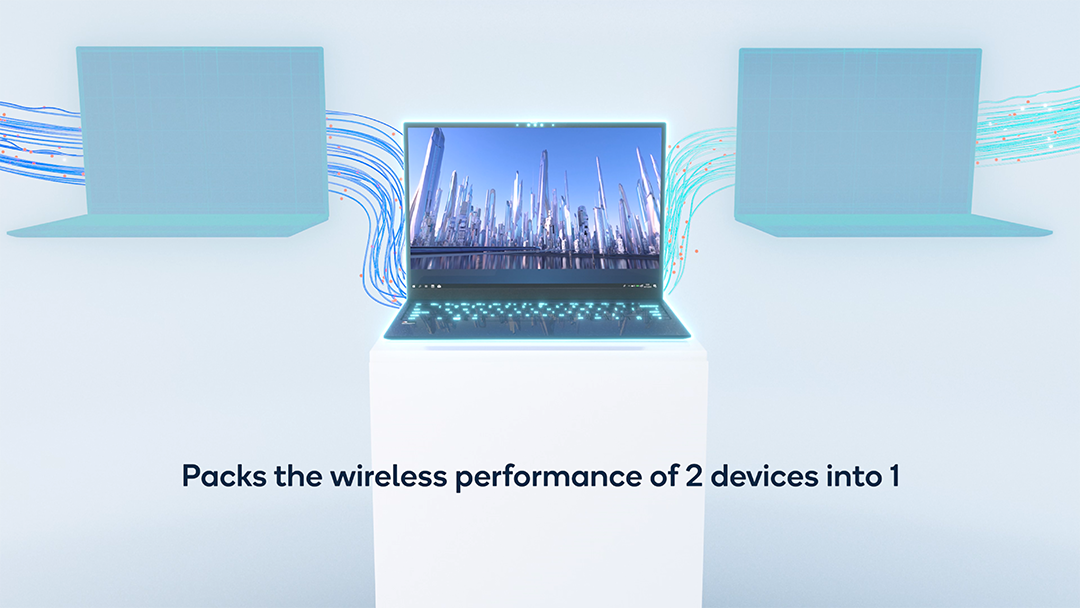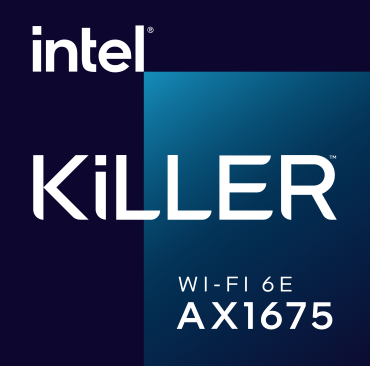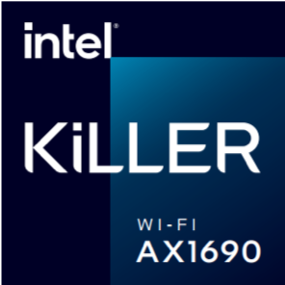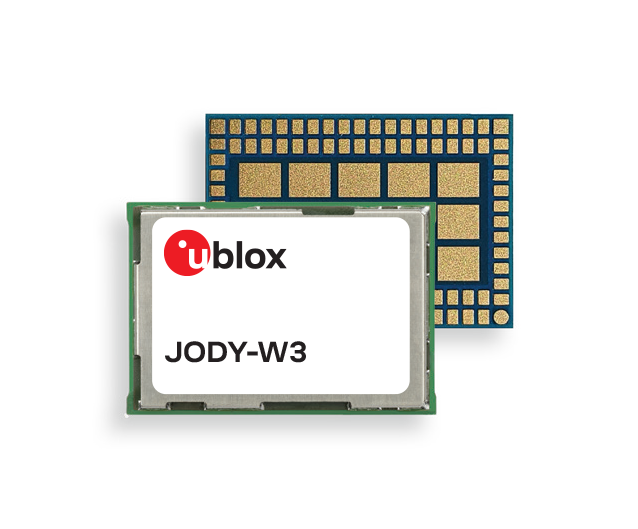avtella
Very Senior Member
FastConnect is just a model/platform naming scheme not a feature in itself.No, that's something entirely different, that just mean that the integrated 2.4GHz and 5GHz radios can be used at the same time, several companies can do this, so it's nothing unique to QCA. Hence the link to QCA's website, where they states it's called FastConnect.
Last edited:






